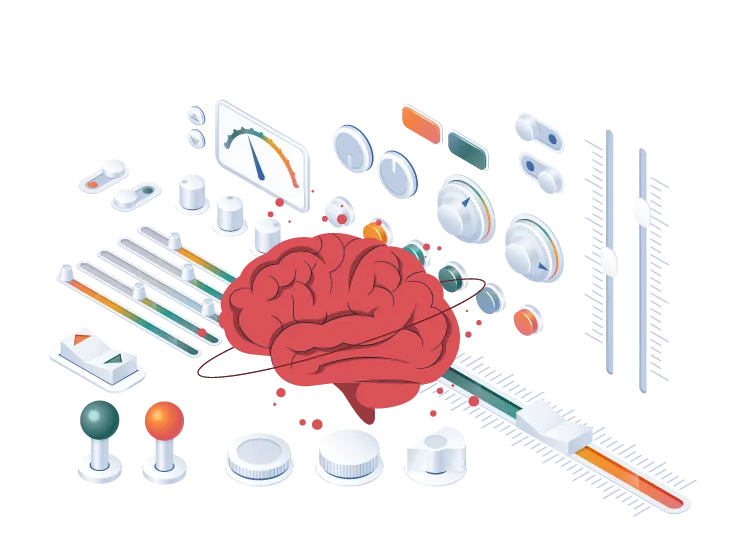How to Train Effective Tutors: 8 Essential Tips to Unlock Their Potential
Picture this: Your students are ready to get the extra help they need. Your tutors are all recruited and eager to get started. All the tutoring management logistics are figured out, either through local support staff or an online tutoring management solution.
What about training?
Tutoring relies on effective tutors, and yours come from different backgrounds with various levels of experience, right? Your training program is the secret sauce required to unlock their potential, get everybody on the same page, and ensure your entire tutoring program is as powerful as possible.
8 Tips for Training Tutors
Your entire tutoring program depends on the efficacy of your tutors. These tips will help them be their best.
1. Training Is Not a One-Time Event
Tutor training should not be limited to a single session that occurs before their first session with students. For preliminary training, focus on knowledge—after all, your tutors need to know the material before they can teach it to the students.
For ongoing training, focus on skills. The most effective tactic is to respond specifically to the gaps you see when observing tutoring sessions. Solicit feedback from students and teachers to see what each tutor needs to work on.
2. Communication Is Key
Take this one in absolutely every direction you can think of. The ability of your tutors to communicate with and listen to the students is essential, of course, but it’s also important for your tutors and the parents of students to receive regular communication from the school. When people feel left out of the loop, they get frustrated.
3. Prioritize Transparency
This is no place for secrecy. Set a precedent of transparency from the administration to the tutors, parents, and students, and insist on transparency from your tutors. Part of this involves establishing clear boundaries for the tutoring sessions. The majority of your tutors aren’t licensed therapists—right?—and all interactions between tutor and student should be accessible to parents and the school.
Transparency and boundaries protect everyone.
4. Let Student Data Guide Your Training
If teachers need to be able to cover a wide range of subjects pertaining to a specific discipline, it might be helpful to think of your tutors as specialists brought in to troubleshoot a particular issue. This may seem obvious, but it’s okay if your tutors haven’t attained mastery over the entire curriculum. Focus your training on the problems common to the students they’ll be working with.
5. Train Your Tutors to Ask Questions
The tutoring relationship is designed to be temporary. Everyone needs help sometimes, but most students shouldn’t need years of continuous private tutoring. Your tutors should encourage independence by asking questions to help the students guide the session:
- What do you think we should do next?
- How can we find the answer to this problem?
- Can you put this question in your own words?
- Can you show me how you got this answer?
Letting them take the lead will teach them how to take charge of their own learning instead of simply leading them to the right answer.
6. Emphasize Teamwork
They say it takes a village, and your tutors play an important role—but so do quite a few others. Make sure your tutors know the role they play on the team and how other crucial figures fit in as well, such as:
- Parents
- Teachers
- Peers
- Support staff
You’ll get the best educational outcomes when everyone respects each other and the essential roles each individual plays.
7. Demonstrate Different Technique During Training
There are countless teaching techniques that can be effective tutoring tools—not everyone learns the same way, which is one of the reasons 1:1 and small group tutoring works so well—and tutor trainings are an excellent opportunity to put some of those into practice.
Pick some of your favorite tactics and use those to train the tutors. For example, if a lot of students learn well by playing games, chances are your tutors will as well—so use those educational games in the training, calling attention to what you’re doing. Double down on the efficacy by using multiple techniques that appeal to different learning styles.
8. Encourage Feedback from Everyone
And make sure you listen! When we developed TutorKit, we knew how important it was to include a feedback mechanism so that tutoring programs could evolve to meet the needs of everyone involved. So listen to your tutors, your students, and their parents. Collect their feedback and be willing to make adjustments to your tutoring program so it can serve everybody’s needs.
Don’t have time to train your tutors? We can help. Click here to access tutor training.
Upgrade Your Tutoring Program with TutorKit
Once your tutors are trained and ready to work, it’s time to partner with TutorKit for online tutoring management. Our innovative platform lets you craft lessons, schedule sessions, compile feedback, and connect students and tutors, all from one browser tab. You won’t believe how simple online tutoring can be.












